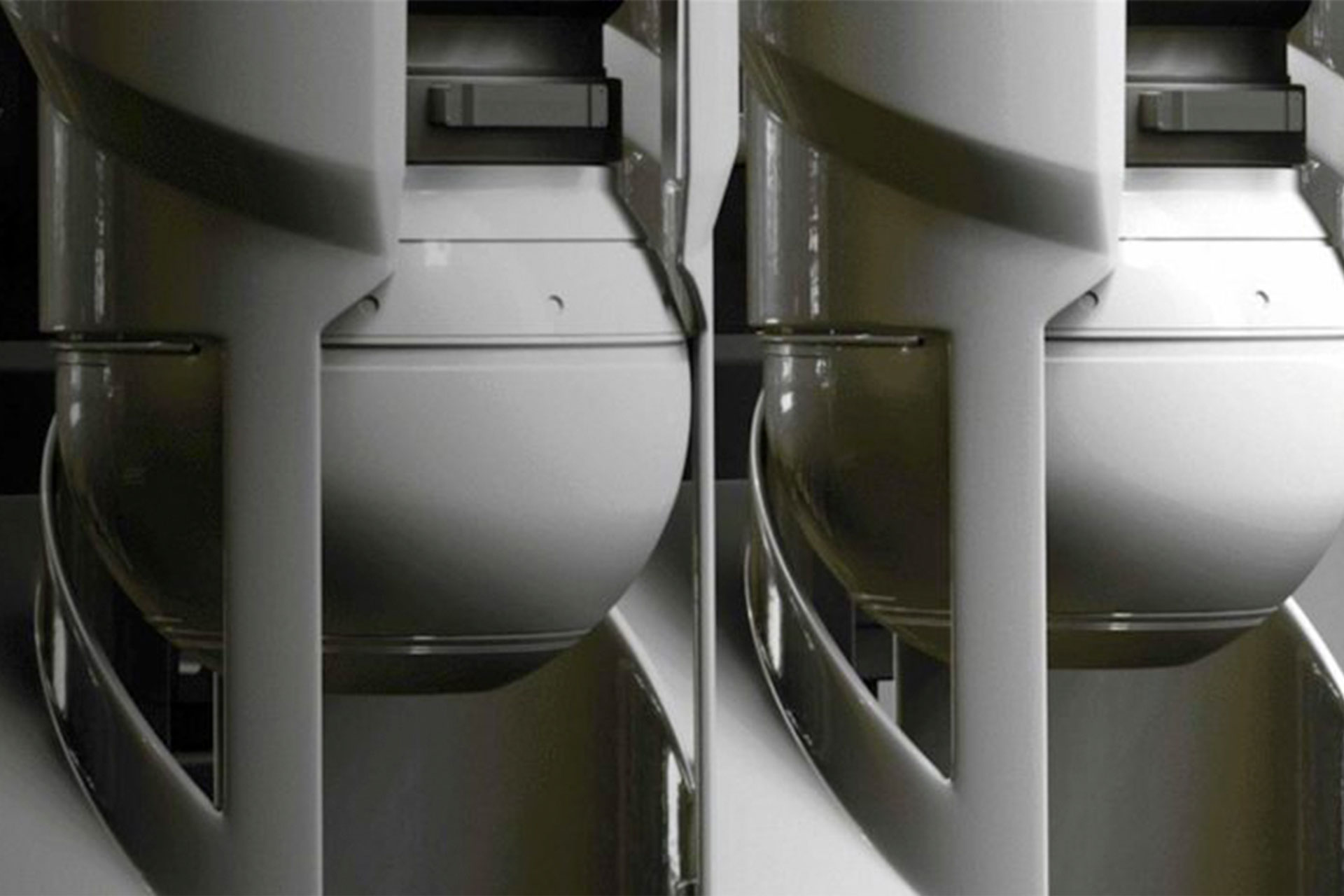Source.
Splash 247.
Dr Paul Read, managing director of naval architects and marine engineers Gelen Marine, and newbuild project manager for new cruise firm, Storylines, writes for Splash on the possibility of using atomic power to propel future ships.
The world is in an environmental crisis, and as we have seen with the recent COP26, world leaders have been banging their heads together trying to find technological solutions, but they appear to be all but ignoring one zero emissions technology that has been around for decades, atomic energy. Whether this be through safe generation IV nuclear fission reactors, development of nuclear battery technology or the future, soon to be proven, nuclear fusion reactors, atomic energy offers the greatest opportunity of any energy producing method to provide large quantities of clean, sustainable energy for the future.
Within the shipping industry specifically, the use of atomic energy, in the form of a scaled nuclear power station installed in a ship, is not new. The first nuclear powered ship was a US submarine that went into service in 1955. On these ships nuclear fission reactors create steam that powers steam turbines to drive propellers directly or generate electricity for propulsion and all hotel loads onboard.
The general cost of the infrastructure involved in nuclear reactors and the reluctance of society to adopt nuclear power due to its passed safety reputation, has until recently meant that in general the only ships utilising this technology have been navy ships. This now appears to be changing and new technology is coming to market that could mean nuclear power is in reach of commercial vessels. A number of nuclearpowered ice breakers have famously been constructed recently and there are various concept projects from yachts to cargo ships that are toying with the idea.
Nuclear powered ships have many advantages that benefit revenue, including long intervals of operation before refuelling and significant space saving, as no fuel tanks or exhaust stacks and air intake trunks are required. The refuelling cycle for submarine power plants for instance, is quoted at seven to 10 years with an overhaul every 20 years, over a 60- year operating lifetime. The through-life costs and the longevity of the technology could make it an attractive prospect for many shipowners and operators.
These advantages are why Storylines, a new residential passenger ship cruise line, has been considering the technology for its future ships. Our current ship,Narrative, currently at the initial design stage with shipyard Brodosplit and due to be delivered in 2024, will be an LNG-fuelled diesel-electric powered ship, but our company is looking to the future and is considering all potential sustainable technologies.
What makes nuclear power an attractive prospect to us is the long period of time a ship can remain at sea without the need to return to port. This is important to our resident communities at Storylines, as they see that if something like the Covid-19 pandemic were to happen again, they could remain safely at sea and potentially avoid it.
With the recent surge in acceptance of the problems our planet is facing, there’s a drive for all industries to change and reduce their impact on the environment, to become sustainable for the future. The shipping industry has been traditionally a conservative industry and slow to react, but with the efforts it is now making it could start to take the lead. Leaving aside the resurgence of sailing ships and wind power, atomic energy could be a big part of the shipping industry achieving this, if it can but embrace it.
See the article here.




